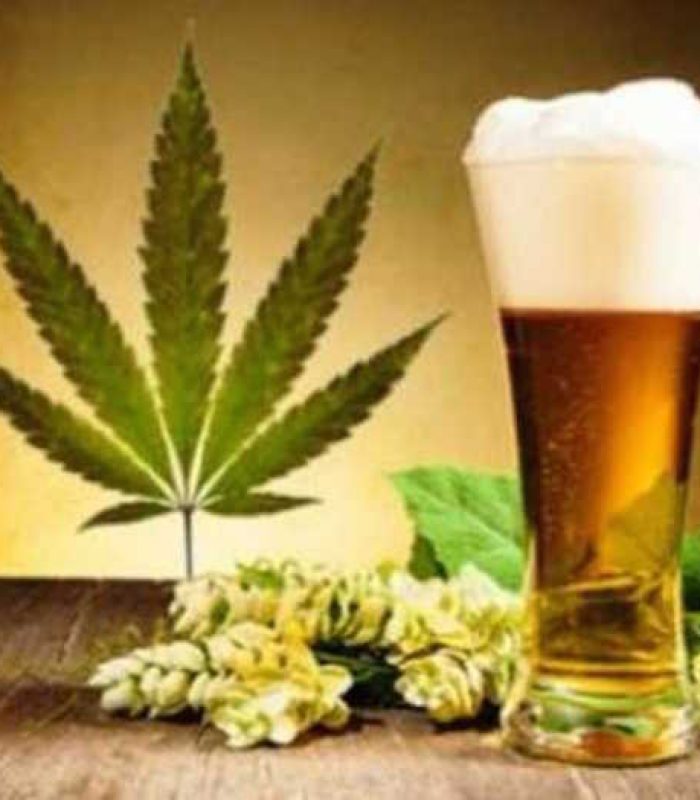Here’s the whole tale, as much as has been recorded through time. From ancient uses to modern pharmaceutical extracts, this is the history of medical cannabis.
When in history did humanity begin using cannabis for medical reasons? That’s tricky to pinpoint for a variety of reasons.
One of those reasons has to do with the “medical” designation. Medical cannabis isn’t really a thing; it’s a legal argument used to circumvent the ridiculous bans imposed by prohibition. In ancient and prehistoric times, when people consumed plants, they didn’t see a plant as a “medical” anything. A single plant could serve as food, cordage, fabric, shelter, and, of course, medicine.
No one looked at a birch tree and thought, “Oh, this is medical birch.” They simply saw a birch tree and exploited its hundreds of uses.
If “medical cannabis” is really a semiotic designation, so too is the word “cannabis” itself. If we reach far enough back in history, we find vague references to “stinky” or “pungent” flowers, herbs, and vines, which cannabis enthusiasts have claimed as ye olden references to our favorite plant. The problem here is that the words “cannabis” and “marijuana” didn’t exist thousands of years ago. We have only a handful of clues to go off of, as people in those times didn’t include sketches when they wrote about herbs.
An Incomplete Timeline of the History of Medical Cannabis
This timeline is simply one timeline out of many. It’s in no way comprehensive, complete, or definitive. It’s a mish-mash of other timelines that I believe summarizes the milestones regarding “medical cannabis.”
Before we dive in, take note of something called Bactria. No, it’s not an ointment you rub on your papercuts. It’s a place, a region that resides in what we today call Afghanistan and Pakistan. From all genetic, archaeological, and historical evidence, Bactria is where cannabis originated, and the Central Asians who discovered it are the first people to cultivate, process, and export this lovely herb.
Bactria
12,000-10,000 BCE – First site of cannabis cultivation and domestication

Ancient China
10,000 BCE – Hemp is cultivated in the area known today as Taiwan.
Ancient China
2700 BCE – Chinese burial grounds covered corpses in cannabis.
2700 BCE – Emperor Shen Nung, who may have been mythical, says cannabis can treat hundreds of medical ailments.
Sumer/Iraq
2000 BCE – References to a flower that can be “spun” and that possesses medical properties appears in cuneiform texts. Historians disagree whether this reference is to cannabis, but other evidence (art works, ritual descriptions, etc.) suggest Sumerians knew about cannabis and used it for religious, medical, and industrial purposes.
Ancient India
1600 BCE – Cannabis listed as a medicinal plant in Ayurvedic texts.
1200-1000 BCE – The Arathavaveda, the fourth veda, is composed. Cannabis mentioned as a medicine.
Ancient Egypt
950 BCE – A mummy is entombed with traces of cannabis, cocaine, and nicotine inside of its internal organs. Some chemists claim the findings are the results of contamination since there are scant records that Egyptians traded with Mesoamericans at this time (cocaine and tobacco are native to the Americas, not the Old World).
Judaea
900 BCE – The Talmud mentions kaneh bosm in Exodus as an ingredient for holy incense. Holy incense was used to purify a ritual site as well as bring feelings of calm on anyone who breathes it in.
Ancient Greece
700 BCE – Homer mentions nepenthe, a drink of wine mixed with an herb that treated depression caused by death. Some historians believe the herb may have been cannabis (since Homer said it came from Egypt), while others believe it may have been opium, psychedelic mushrooms, or a host of other substances.
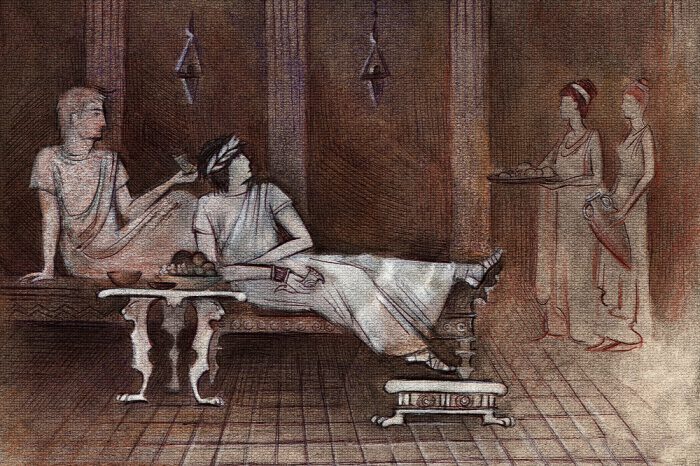
Ancient Rome
200 CE – Galen in On the Properties of Foods describes cannabis edibles for treating medical ailments.
Medieval Europe
77 CE – Pliny the Elder’s Natural History describes medical cannabis as “laughing weed” brought by Bactrian traders.
Africa
100 CE – Arab traders bring cannabis to Africa, particularly to African Pygmies who cultivate the plant for medicinal and hunting purposes.
China
100 CE – The Shennong Bencaojing, considered one of the world’s first true pharmacopeias, lists cannabis as a treatment for birthing pains, gout, arthritis, insomnia, and nausea.
200 CE – Hua Tuo, the ancient Chinese version of Gregory House, commonly employs cannabis extract as a surgical anesthetic. Not quite morphine, but it sure beats biting down on a stick.
Roman Empire
400 CE – Entombed body of a young woman, who likely died during childbirth, found with hash burned over body.
Ireland
1839 – Physician and pharmacologist William Brooke O’Shaughnessy introduces intravenous cannabis therapies to the West after visiting India.
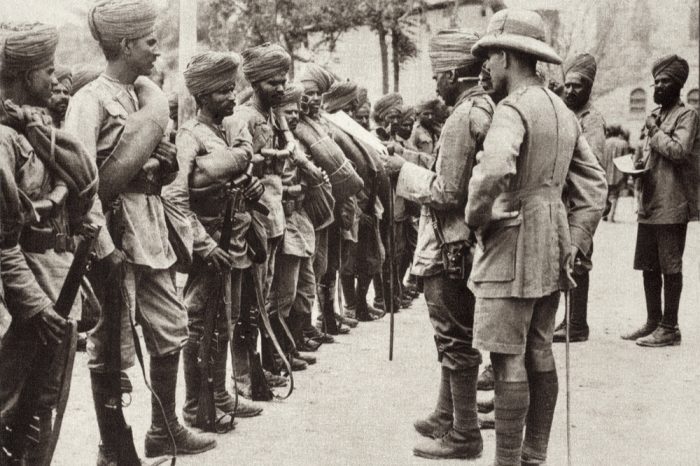
India
1894 – The Indian Hemp Drugs Commission reports that the dangers of cannabis are way overblown by the British government. A similar report would come from the U.S.’s Shafer Commission nearly 80 years later.
Egypt
1895 – British physician John Warnock reports to British medical journals that “hashish” is the cause of “lunacy” in Cairo’s asylum patients.
United States
1911 – California outlaws cannabis under the notion that the plant is just as dangerous as opium.
1920 – The U.S. Congress adds the 18th Amendment to the Constitution, outlawing alcohol nationwide.
Egypt
1924 – Dr. El Guindy leads a delegation of Egyptians to the League of Nations’ opium conference, highlighting the dangers of hashish to the world. El Guindy’s claims are based on John Warnock’s notes.
United States
1933 – The U.S. Congress adds the 21st Amendment to the Constitution, repealing alcohol prohibition.
1937 – The U.S. Congress passes the Marihuana Tax Act, effectively outlawing cannabis at the federal level.
1940 – Organic chemist Roger Adams isolates and identifies THC and CBD from cannabis.
1942 – The Office of Strategic Services (which would later become the CIA) performs “truth serum” experiments with THC in Washington, D.C. The experiments fail.
1959 – The American Chemical Society establishes the Roger Adams Award for “outstanding contributions” in organic chemistry.
Israel
1964 – Raphael Mechoulam at the University of Tel Aviv isolates, identifies, and synthesizes THC from Lebanese red hashish.
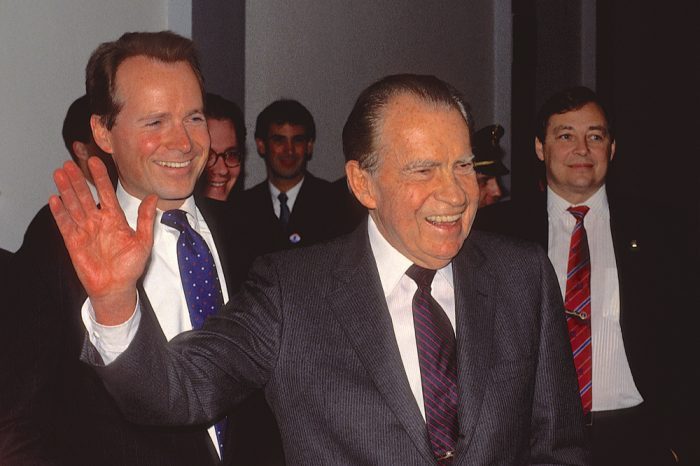
United States
1969 – Playboy magazine calls for the end of cannabis prohibition.
1969 – Timothy Leary v. United States overturns the Marihuana Tax Act as unconstitutional.
1969 – Dr. Gabriel Nahas, who would become one of America’s premier anti-cannabis crusaders, first learns about the “marihuana epidemic” at a PTA meeting.
1970 – The U.S. Congress, with President Nixon’s support, passes the Controlled Substances Act, placing cannabis in the most restrictive classification at Schedule I. While the act is drafted, the U.S. House of Representatives, under Nixon’s direction, establishes the Shafer Commission to provide scientific evidence that cannabis is just as dangerous as heroin.
1972 – The Shafer Commission concludes that cannabis is not dangerous and should be decriminalized.
1972 – Dr. Gabriel Nahas publishes Marihuana: Deceptive Weed, claiming cannabis compromises the human immune system.
1974 – President Nixon establishes the National Institute of Drug Abuse (NIDA).
1974 (Aug) – Researchers at the Medical College of Virginia report that cannabis halts the spread of certain cancers in mice. Their report is published by the American Chemical Society, the same organization that gives out the Roger Adams Award.
1974 (Sept) – Dr. Robert Heath, hired by NIDA to conduct the infamous rhesus monkey experiment, erroneously concludes that cannabis causes irreparable brain damage.
1976 – Dr. Nahas publishes Keep Off the Grass, repeating his claim that cannabis damages the immune system while popularizing the misconception that cannabis damages DNA, too.
A First in the History of Medical Cannabis – A President Supports Decriminalization
1977 – President Carter publicly supports federal cannabis decriminalization, then quietly rescinds support after his pro-cannabis drug czar, Peter Bourne, reportedly snorts cocaine at a D.C. Christmas party (thanks, Keith Stroup).
1980 – Playboy and NORML sue the U.S. government to obtain Dr. Heath’s full experimental procedure for the rhesus monkey experiment. Neuroscientists tell Playboy that the monkeys’ brain damage was chiefly the result of asphyxiation by cannabis smoke, not cannabis itself.
1982 – The U.S. government’s Investigational New Drug program sends cannabis joints to a handful of approved patients on a monthly basis. This federal medical cannabis program is still ongoing.
1986 – Synthetic THC a.k.a. dronabinol, sold as Marinol, is approved by the FDA. The U.S. DEA reschedules dronabinol from Schedule I to Schedule II, but marijuana remains Schedule I.

Israel
1988 – Raphael Mechoulam proposes the existence of anandamide, an endocannabinoid, that should function within a larger endocannabinoid cell-signaling system.
United States
1990 – Lisa Matsuda leads a research team that uses DNA sequencing to identify a cell receptor in rats that should bind THC. This receptor would later be dubbed CB1.
Israel
1992 – Researchers at Hebrew University in Jerusalem discover anandamide in pig brains. This same team would later discover the endocannabinoid 2-AG and the endocannabinoid system.
United States
1992 – NIDA joins the U.S. Department of Human Health and Services.
1996 – California legalizes medical cannabis.
1998 – Alaska, Oregon and Washington legalize medical cannabis.
1999 – Maine legalizes medical cannabis.
1999 – The U.S. DEA reschedules Marinol/dronabinol from Schedule II to Schedule III.
Israel
1999 – The Israeli government establishes a nationwide medical marijuana program, consequently subsidized by the Israeli government itself.
Spain
2000 – Firstly, University of Madrid researchers suggest THC could be an effective cancer therapy.
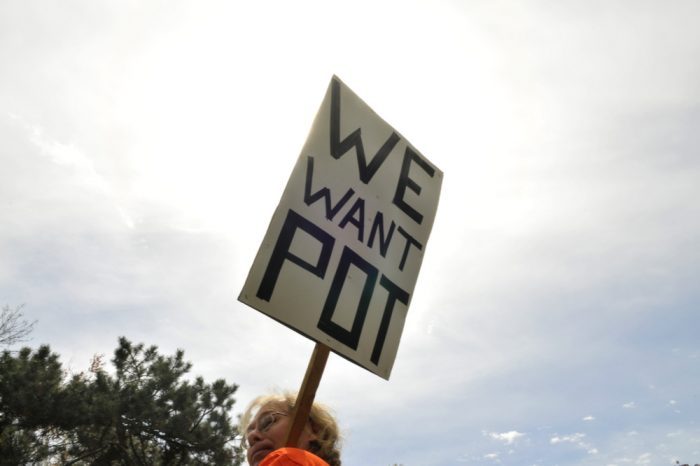
Canada
2000 – In what is consequently one of the biggest steps in the history of medical cannabis – Canada becomes the first nation to legalize medicinal.
United States
2000 – Secondly, Colorado and Nevada legalize medical cannabis.
2003 – The U.S. Department of Human Health and Services is awarded a patent for neuroprotectant medications made from cannabis extracts.
Israel
2004 – The Israeli military administers THC as an experimental treatment for combat-related PTSD. This in turn inspires further research.
Europe
2006 – Firstly, Rimonabant, a drug that blocks the CB1 receptor, is approved as a weight-loss medication.
2009 – Rimonabant’s approval is withdrawn after its users are found to experience an incredibly high risk of suicide. This leads to the discovery that the CB1 receptor apparently regulates not only appetite but the desire to survive, too.
United Kingdom
2010 – G.W. Pharmaceuticals receives approval for Sativex, an oromucosal spray made of THC and CBD extracted from cannabis.
United States
2013 – CNN and Dr. Sanjay Gupta premiere Weed, a four-part documentary series that brings medical cannabis to a mainstream audience. The documentary also popularizes CBD.
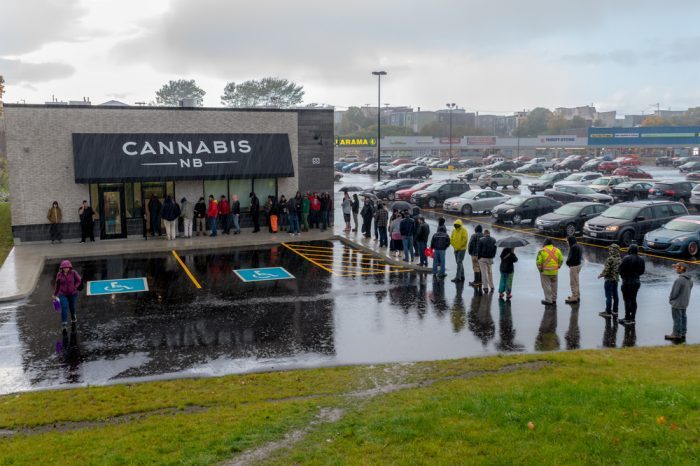
Canada
2017 – Firstly, InMed Pharmaceuticals announces it can produce phytocannabinoids like THC and CBD from genetically modified E. coli, circumventing the need to extract these compounds from the cannabis plant.
2018 – Secondly, and most important, on October 17th Canada becomes the second nation in the world to legalize recreational cannabis.
Colombia
2017 – Colombia’s government enacts a federal program to shift away from the cocaine economy to a cannabis-based one.
United States
2017 – The U.S. Senate introduces the STATES Act, which firstly would federally recognize state laws that permit medical and recreational cannabis cultivation, sales, possession, and use. President Trump publicly supports the act.
2018 – Greenwich Biosciences, a subsidiary of G.W. Pharmaceuticals, receives FDA approval for Epidiolex, a CBD drug made from cannabis extract.
2018 – Lastly, the Farm Bill passes, legalizing hemp growing throughout most of the US. This comes as one of the most recent, and also biggest, leaps forward in the history of medical cannabis.





